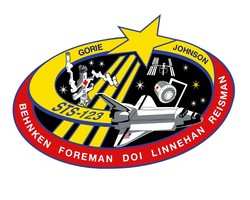Wed, Mar 12, 2008
Advertisement
More News
 ANN FAQ: Q&A 101
ANN FAQ: Q&A 101
A Few Questions AND Answers To Help You Get MORE Out of ANN! 1) I forgot my password. How do I find it? 1) Easy... click here and give us your e-mail address--we'll send it to you >[...]
 ANN's Daily Aero-Term (06.05.25): Go Around
ANN's Daily Aero-Term (06.05.25): Go Around
Go Around Instructions for a pilot to abandon his/her approach to landing. Additional instructions may follow. Unless otherwise advised by ATC, a VFR aircraft or an aircraft conduc>[...]
 Aero-News: Quote of the Day (06.05.25)
Aero-News: Quote of the Day (06.05.25)
“We have an antiquated air traffic control system that is showing its age. In order to implement President Trump and I’s plan for a brand new system, we need the techni>[...]
 ANN's Daily Aero-Linx (06.05.25)
ANN's Daily Aero-Linx (06.05.25)
Aero Linx: Society of Air Racing Historians The Society of Air Racing Historians was established with a small group of air racing enthusiasts with an intention to share their affec>[...]
 NTSB Final Report: Cessna U206
NTSB Final Report: Cessna U206
Jumper’s Emergency Parachute Deployed Out Of The Airplane And Subsequently Drug Him Into The Horizontal Stabilizer Analysis: The pilot reported that during a skydiving flight>[...]
blog comments powered by Disqus




